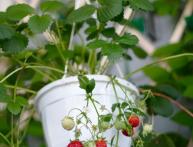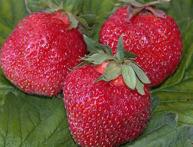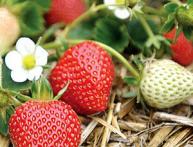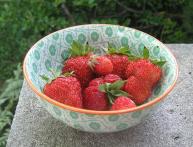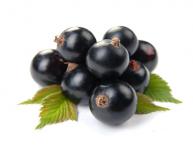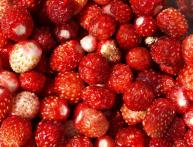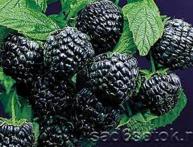Fashionable hybrid of currants and gooseberries on the plot

Yoshta, or - hybrid of currant and gooseberry – quickly gained fame. This type of berry is the result of 40 years of persistent breeding work. Experts crossed black currants and gooseberries.
Gooseberries and currants - together
The first such hybrid was obtained in Germany. There they gave the new product a name. From German, “currant” as a word begins with the syllable “yo”, and “gooseberry” - with the syllable “shta”. The achievement was perceived as success. It began to be repeated many times in different countries, and the hybrids were given different names. The unusual word “yoshta” has taken root most firmly. What else do we know about this foreign variety?
- Gardeners 100 years ago for the first time had a chance to think about whether to create a descendant of black currants and gooseberries. The plans were to achieve improved currants (large and productive, which would be indifferent to bud mites and terry, and like gooseberries - the absence of thorns, like currants);
- Initially nothing worked;
- Single hybrids of new currants or gooseberries seemed unviable or sterile. A hundred attempts, which ended badly, did not lead amateurs from different countries astray;
- In the 1970s, a small achievement appeared - the first fruit-bearing hybrids. True, then the hybrids (mutants) bore little resemblance to their founders - the creation was enormous in size, but the yield, on the contrary, was small. True, resistance to diseases and garden pests was excellent;
- The leaves will resemble gooseberries, but are larger in size, and the berries are a mixture of gooseberries and currants.
Here is the history of the variety. The novelty reproduces easily. But this plant is often used to decorate the site, since it bears little fruit. In the second or third year, the hybrid of currants and gooseberries begins to bear fruit.

